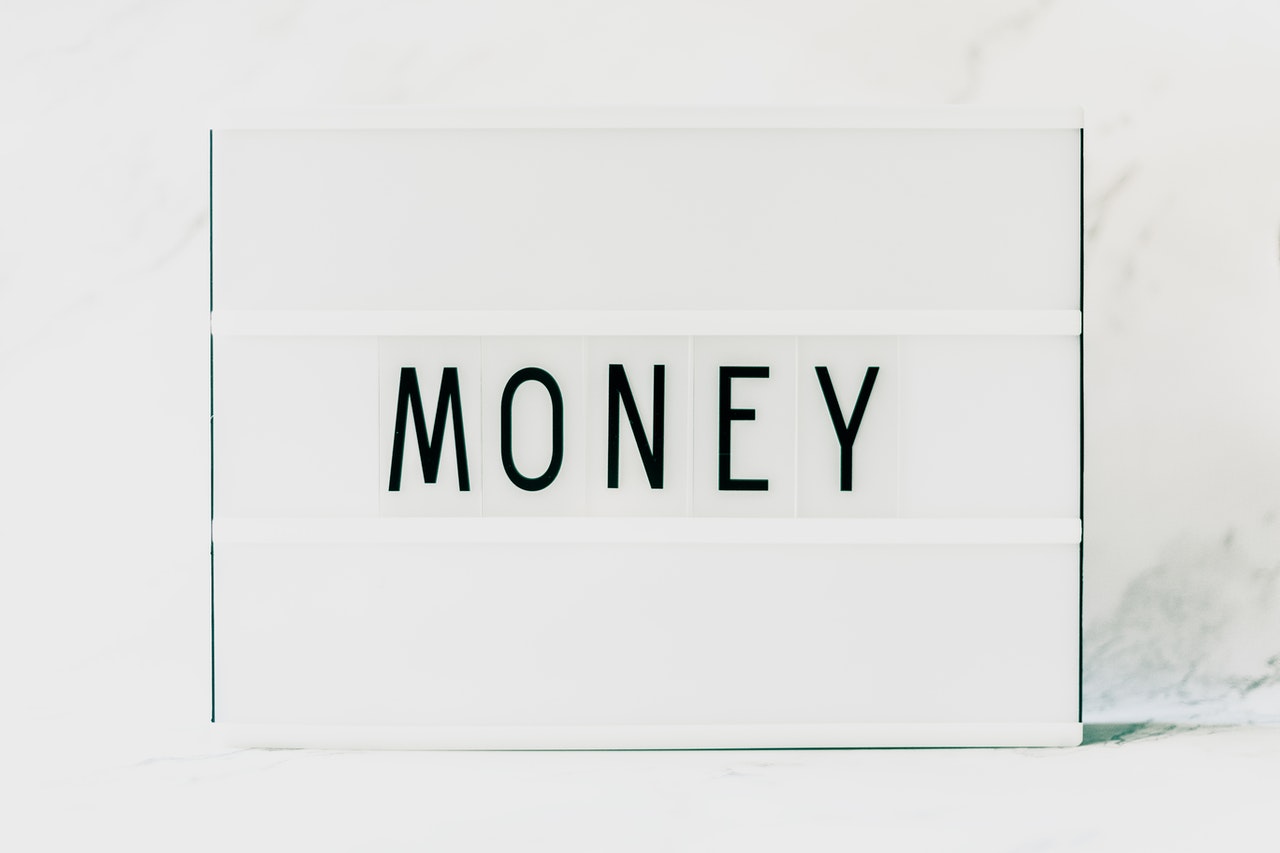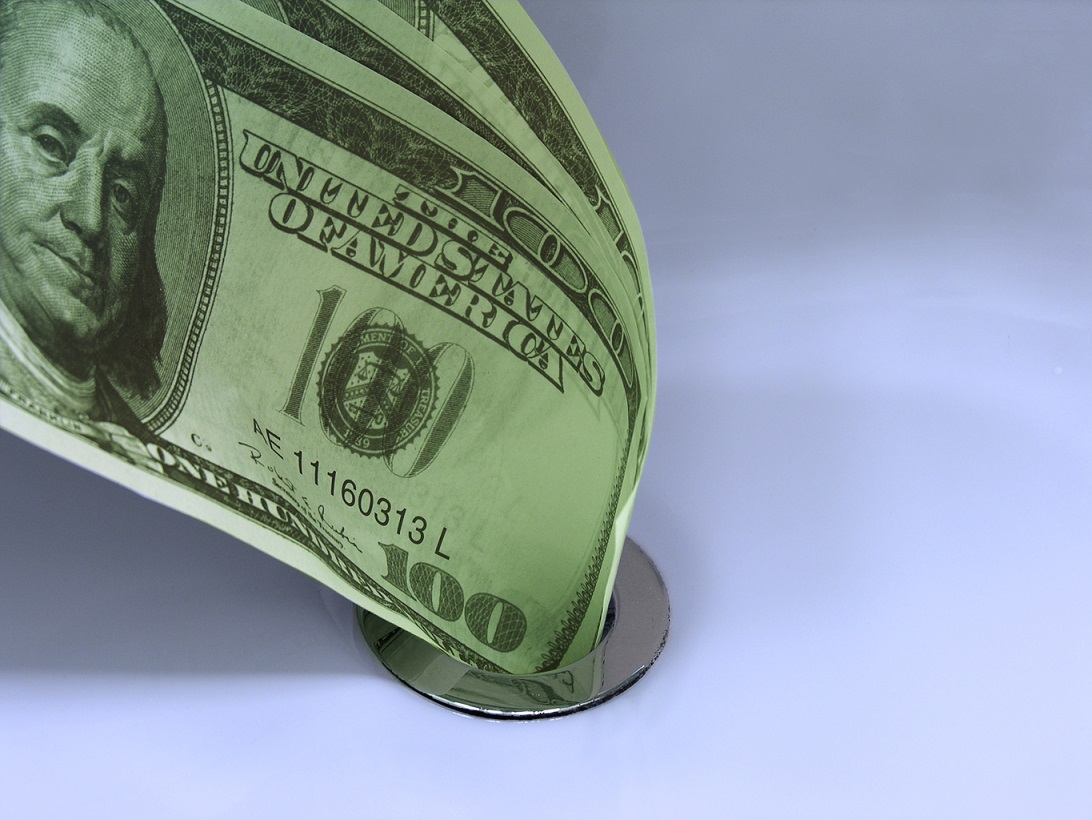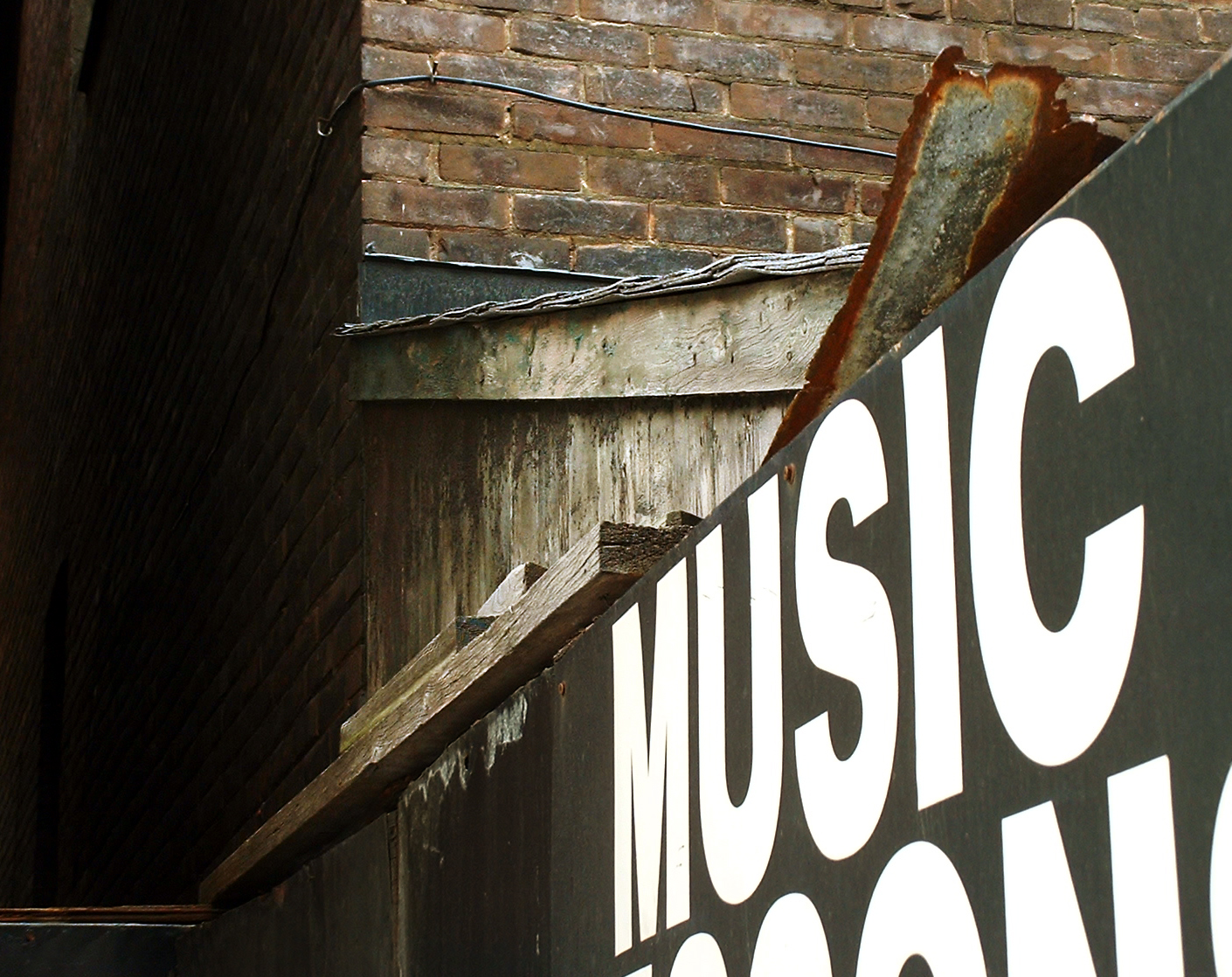Category: Financial Planning
-

How to Succeed with Financial Resolutions
If you want to succeed with your Financial New Year’s Resolutions, you need more than just a Goal. Focus on the actions required to accomplish your goal. If your goal is to have $1 million in your 401(k) at retirement, what action does that require? At an 8% return, that works out to $1,100 a…
-

SBA Loans for Musicians
With COVID-19 cancelling concerts everywhere, it’s helpful to know your options for SBA Loans for Musicians. If you missed the June 30 deadline for the Paycheck Protection Program (PPP), it has just been extended until August 8. We previously wrote about the PPP here. The SBA still has $130 Billion available for PPP loans. Those…
-

Paycheck Protection Program for Musicians
Here’s information on the Paycheck Protection Program for musicians (PPP): what it is, who is eligible, how to apply. As part of the $2 Trillion Coronavirus Stimulus Package, $349 Billion will fund loans to small businesses. These loans are designed to keep employees on the payroll and off unemployment. The loans are forgivable. The government…
-

Unemployment Benefits for Musicians
With the Coronavirus causing cancellations of concerts, schools, church services, and other gigs, many of you are wondering about unemployment benefits for musicians. Are you eligible? Unemployment insurance is provided at the state level and each state has its own eligibility, rules, and application process. To find the link for your own state, visit the…
-

Your Goals for 2019
Welcome to 2019! A new year brings a fresh chance to accomplish your goals. No one becomes a musician for the paycheck, but at the end of the day, musicians have the same financial goals as most people: to become a home owner, pay off your student loans, get married, raise a family, plan for…
-

Tax Bill Passes; Strategies for Musicians
Two weeks ago, we posted how musicians would lose their tax deductions under the proposed tax bill in the Senate. Let me again state that this applies to musicians who take itemized deductions on Schedule A against their W-2 income. For 1099 income or self-employment income reported on Schedule C, there will be little or…
-

Reducing the Costs of Healthcare
We may soon see the repeal or defunding of the Affordable Care Act (ACA or “Obamacare”). No matter your political perspective, there is no doubt that rising costs of health care are a significant financial problem for many working musicians, especially those who rely on an individual health insurance plan to cover their family. These…
-

7 Financial Tips for Professional Musicians
Just like a career in music, achieving prosperity is the product of years of planning, deliberate work, and making sound choices. Being a professional musician is different from other traditional careers and can pose a unique set of financial challenges. Here are seven ways professional musicians can improve their financial future: Think like an entrepreneur.…
-

Emergency Assistance for Musicians
Today I am writing something which I hope none of you will ever need: financial assistance for musicians who experience an emergency. The most common need is for medical bills, which can easily run into the tens or even hundreds of thousands today for an accident, injury, or serious disease. The phrase “unexpected illness” is…
-

How to Save More as a Musician
For many musicians, saving is a challenge. You may have multiple employers and gigs, but no guaranteed salary to create a consistent budget around. You may not know what work you will have in 6 to 12 months, let alone how much you will make or can save. Things can be much more unpredictable than…








